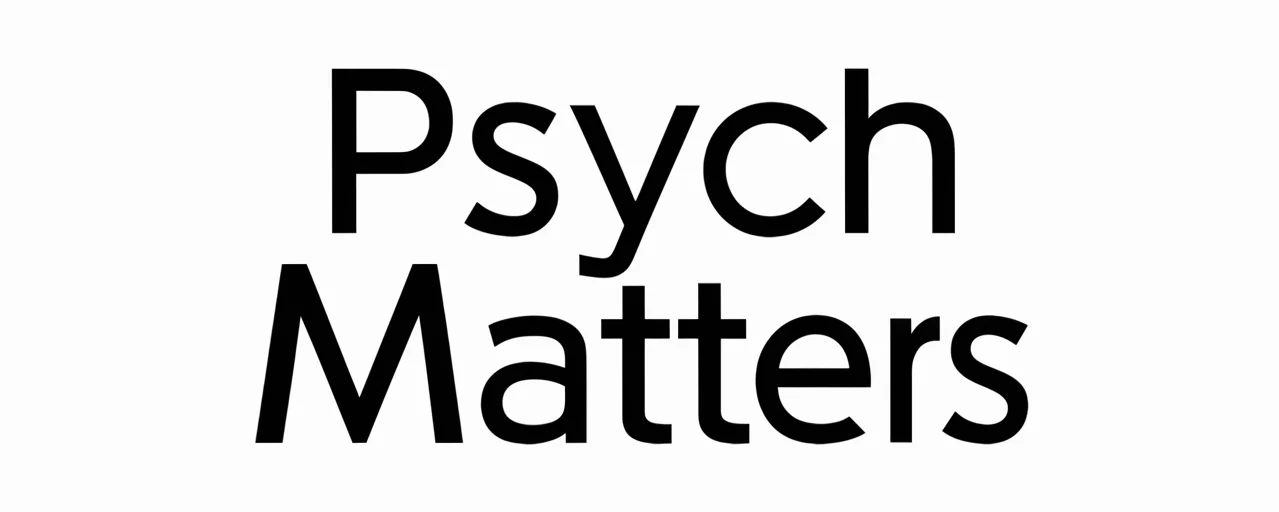Digital Identity Formation: How We Create and Evolve Our Online Selves
Every search, post, and login contributes to a version of you that exists entirely in the digital realm. This isn’t just a collection of data; it’s a dynamic and influential extension of your self, an entity that can open doors or close them. Understanding the process of digital identity formation is no longer an abstract exercise; it is a fundamental skill for navigating modern social and professional landscapes. This article explores the mechanisms behind how we construct our online selves, how they evolve over time, and how we can consciously shape them to reflect our authentic goals and values.
First Glance in the Digital Mirror
At its core, a digital identity is the body of information that exists about an individual online. This includes explicit data we share, such as social media profiles and comments, as well as the passive data trail known as our digital footprint—our search history, online purchases, and location data. This collection of information coalesces into an online persona that others use to form impressions, make judgments, and decide on opportunities.

The importance of this online self cannot be overstated. Employers vet candidates by reviewing their social media, universities assess applicants based on their online presence, and new relationships often begin with a digital once-over. Your digital identity is your modern-day first impression and a persistent component of your online reputation. The study of how we construct, perceive, and interact with these virtual selves is a central focus of cyberpsychology, a field dedicated to understanding human behavior in the context of technology.
Your digital identity is not a static profile but a living narrative written by your actions, curated by your choices, and interpreted by a global audience.
The Building Blocks of Your Online Persona
The construction of an online self begins with conscious choices on digital platforms. Each element is a building block in the architecture of your virtual identity.

- Usernames and Avatars: These are the initial signifiers. A professional headshot and real name on LinkedIn project a different identity than an anime avatar and a cryptic handle on Reddit.
- Profiles and Bios: The “About Me” sections on platforms like Twitter, Instagram, and LinkedIn are explicit acts of self-presentation. They are concise personal statements that frame how we wish to be seen.
- Shared Content: The links, photos, articles, and status updates we post are the primary substance of our social media identity. They signal our interests, beliefs, expertise, and affiliations.
- Interactions: How we engage—the tone of our comments, the groups we join, the people we follow—colors in the details of our persona, demonstrating our disposition and social connections.
Social media is a powerful catalyst in this process. It provides the structured templates for identity display, prompting us to define ourselves within its framework. However, the cultural context of these online communities heavily influences what is shared. As noted in the field of cultural psychology, group norms dictate acceptable forms of self-expression, shaping whether users project professional competence, creative individuality, or social conformity. Privacy settings act as the gatekeeper in this process, allowing individuals to control the audience for their identity construction, deciding who sees the carefully curated persona versus a more candid self.
Evolution in Action: How Your Digital Self Grows
A digital identity is not created and then finished; it is in a constant state of evolution. This growth is driven by experience, feedback, and the natural progression of our lives. The concept of identity development, a key area of developmental psychology, applies just as strongly online, with our virtual selves changing significantly from adolescence to adulthood.

Your digital footprint serves as the living record of this evolution. Old blog posts, past social media profiles, and early online comments document previous versions of your online self. While some of these remnants can feel like a “digital identity crisis,” they are also a testament to growth. Feedback from online interactions acts as a social mirror, reinforcing or challenging our online behavior. Positive reinforcement can solidify aspects of our persona, while negative feedback may prompt us to reconsider our self-presentation.
This evolving digital footprint has a tangible impact on future opportunities. A history of thoughtful engagement and professional insight can build a strong personal branding that attracts employers. Conversely, a trail of negativity or indiscretion can become a significant liability, impacting everything from career prospects to personal relationships.
Authenticity vs. Image Management
A central tension in digital identity formation is the balance between authenticity and curated image management. Can your online identity differ significantly from your offline identity? Absolutely. Many people maintain multiple personas: the polished professional on LinkedIn, the candid friend on a private Instagram, and the anonymous expert on a niche forum.

The challenge of managing these different selves can be significant. It requires cognitive energy to maintain consistency within each persona and avoid context collapse—where different audiences collide. This pressure to perform is often amplified by a psychological phenomenon known as the imaginary audience, where individuals, particularly younger users, operate as if they are under constant scrutiny. This perception drives meticulous curation, as every post is considered for its potential judgment by this unseen audience.
So, how can individuals maintain authenticity online? The key is curation, not fabrication. Authentic online impression management involves selecting and highlighting genuine aspects of your personality, skills, and values that are relevant to a specific platform or audience. It’s about presenting your true self strategically, rather than inventing a false one. Our perception of how we’re coming across is also filtered through our own minds, where cognitive biases can distort our self-image and our interpretation of others’ feedback.
Strategies to Shape and Refine Your Digital Identity
Consciously managing your digital identity is not about manipulation; it is about responsible self-stewardship. Developing a strong online identity is an intentional act. Here are several strategies for effective digital footprint management and persona development.
1. Conduct a Digital Identity Audit
Periodically search for your own name online in private browsing mode. Review your social media profiles, tagged photos, and any public comments. What story does the “you” on the first page of Google results tell? This audit provides a baseline for understanding your current online representation.
2. Define Your Personal Brand or Purpose
Decide what you want your online identity to achieve. Are you building a professional network, sharing a creative passion, or connecting with friends? A clear purpose helps guide what you share, who you connect with, and how you engage. This is the foundation of curating a professional online presence.

3. Master Your Privacy Settings
Privacy is not about hiding; it’s about control. Regularly review and adjust the privacy settings on all your accounts. Use friend lists and audience selectors to share specific content with specific people. This is a crucial step for preventing context collapse and managing multiple facets of your identity.
4. Engage with Intention
Every like, comment, and share contributes to your digital identity. Before you post, consider if it aligns with your defined purpose. Thoughtful engagement builds a positive and coherent online reputation over time, whereas impulsive interactions can quickly undermine it.
From Bits to Being: Your Ongoing Digital Story
Your digital identity is more than a profile or a password; it is the culmination of your digital life—a dynamic story that you are continuously writing. The process of identity construction online is an ongoing journey of self-discovery and self-presentation. It reflects not just who you are at any given moment, but also your aspirations for who you want to become. By approaching your online presence with awareness and intention, you can transform it from a passive footprint into a powerful tool for personal and professional growth.
Key Takeaways
- Your digital identity is a critical asset. It is the sum of all your online data and a primary factor in your modern reputation, influencing career, social, and personal opportunities.
- Identity is built consciously. Your online self is constructed from choices about usernames, avatars, shared content, and interactions on platforms like social media.
- Evolution is constant. Your digital identity is not static; it grows and changes with your life experiences, online interactions, and the accumulation of your digital footprint.
- Strive for authentic curation. Balance image management with authenticity by strategically highlighting genuine aspects of yourself rather than fabricating a false persona.
- Take proactive control. Regularly audit your online presence, define your purpose, master privacy settings, and engage thoughtfully to shape a coherent and positive digital identity.
- Recognize the psychological drivers. Understanding concepts like the imaginary audience can help you make more conscious choices about your online behavior and self-presentation.







